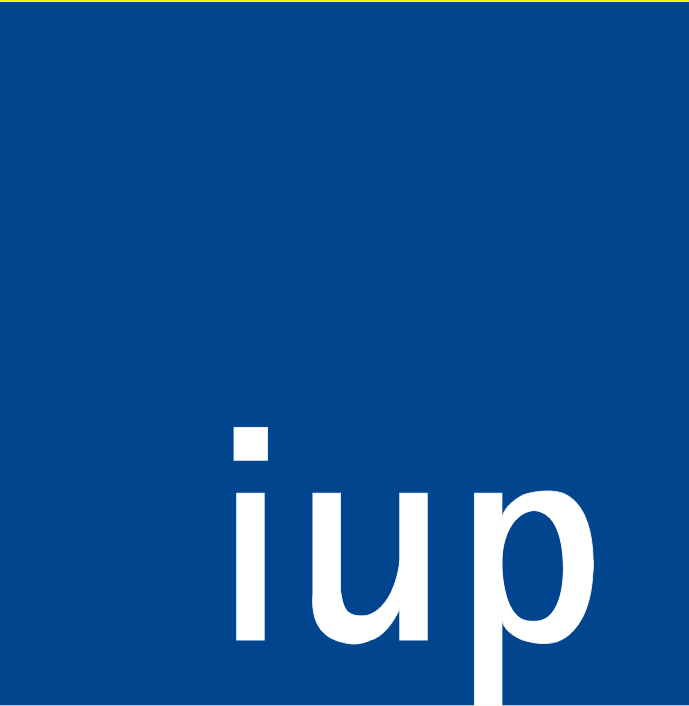Publications (FIS)
Exploring the uptake of nature-based measures in flood risk management
Evidence from German federal states
- authored by
- Mario Brillinger, Alexandra Dehnhardt, Reimund Schwarze, Christian Albert
- Abstract
Nature-based measures (NBMs), understood here as measures such as floodplain restoration that use ecosystem processes to meet societal challenges, are increasingly advocated as promising solutions for managing flood risks. A suitable instrument to implement NBMs are flood risk management plans (FRMPs) stipulated by the EU Floods Directive. While prior research suggests several governance challenges for NBM uptake in FRMPs, little is known so far regarding the actual extent of NBM uptake and its role in decision-making of flood risk management. Germany, with a coherent water policy framework but state-specific implementation conditions, provides a suitable case study for exploring the decision-making practices that are used in the planning process for FRMPs by German federal states with different water governance characteristics. The aim of this study is to analyze the actual uptake of NBMs in German FRMPs, and to explore potential factors of the FRMP preparation and decision-making practices explaining this uptake. Our explorative research design is based on a document analysis method which assesses the contents of FRMPs of three German federal states. The results offer the first empirical evidence of the uptake of NBMs in Germany and insights into how NBMs and other measure types are chosen for FRMPs. Our findings confirm an overall low uptake of NBMs, with diverging preferences for particular NBM types between the three states. Looking across the states, the level of NBM uptake is likely to be higher if rivers with higher stream order are considered in the FRMP's spatial scope, the potential flood risk in a river basin is low, and positive flood impacts and positive cost-benefit ratios are expected. We conclude that FRMPs still hold substantial potential to enhance the NBM uptake in flood risk management planning. To make use of this potential, we suggest three key strategies to increase the change for a better NBM uptake including applying FRMPs at different spatial levels and degrees of details.
- Organisation(s)
-
Institute of Environmental Planning
- External Organisation(s)
-
Technische Universität Berlin
Helmholtz Zentrum München - German Research Center for Environmental Health
- Type
- Article
- Journal
- Environmental Science and Policy
- Volume
- 110
- Pages
- 14-23
- No. of pages
- 10
- ISSN
- 1462-9011
- Publication date
- 08.2020
- Publication status
- Published
- Peer reviewed
- Yes
- ASJC Scopus subject areas
- Geography, Planning and Development, Management, Monitoring, Policy and Law
- Electronic version(s)
-
https://doi.org/10.1016/j.envsci.2020.05.008 (Access:
Closed)


